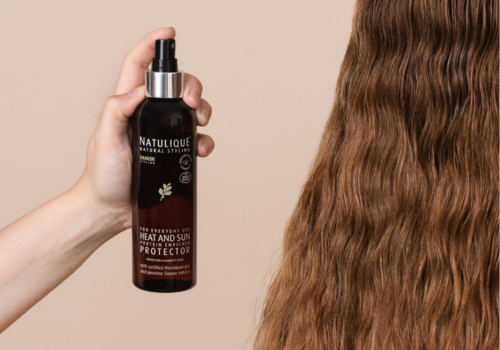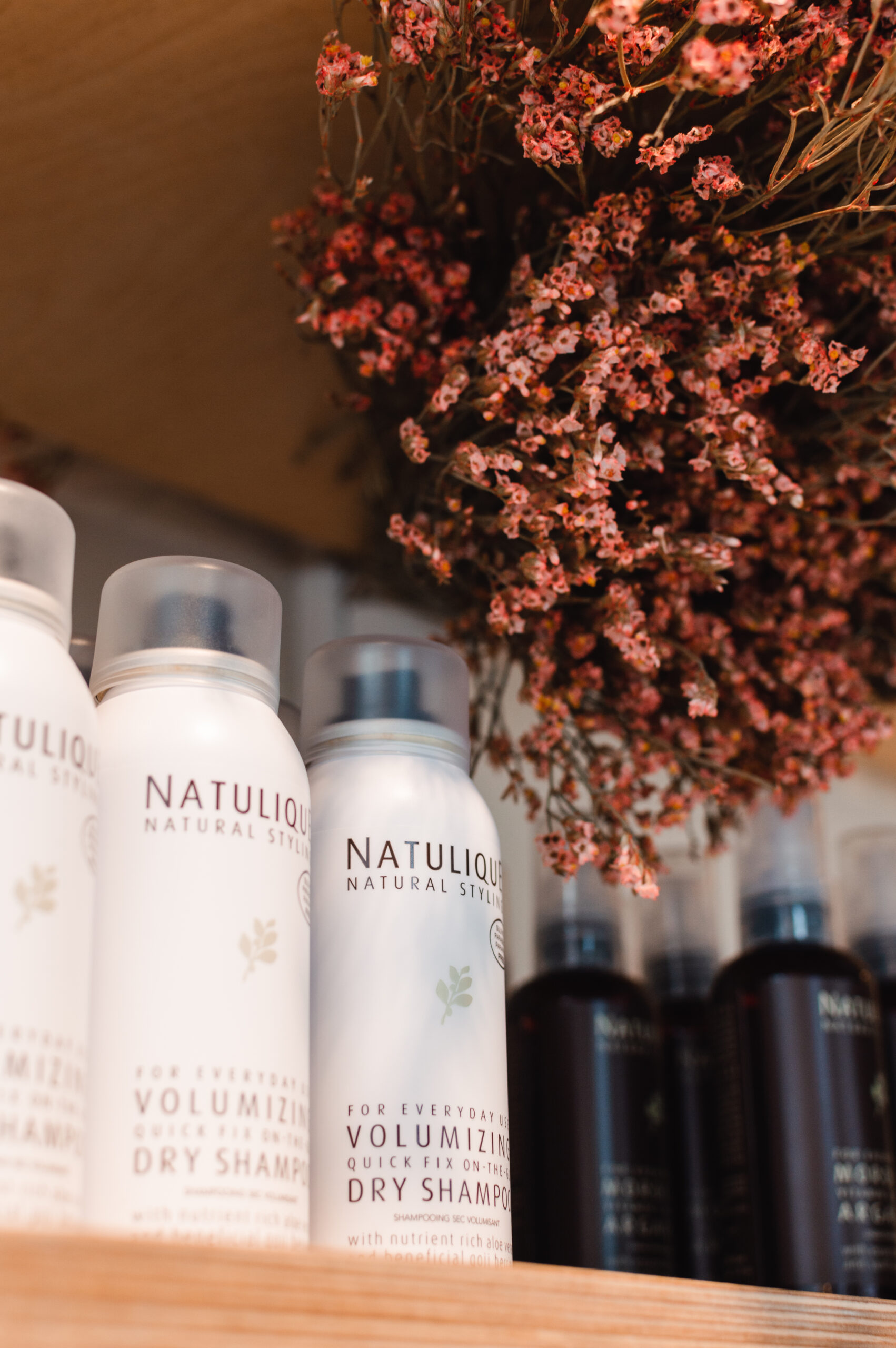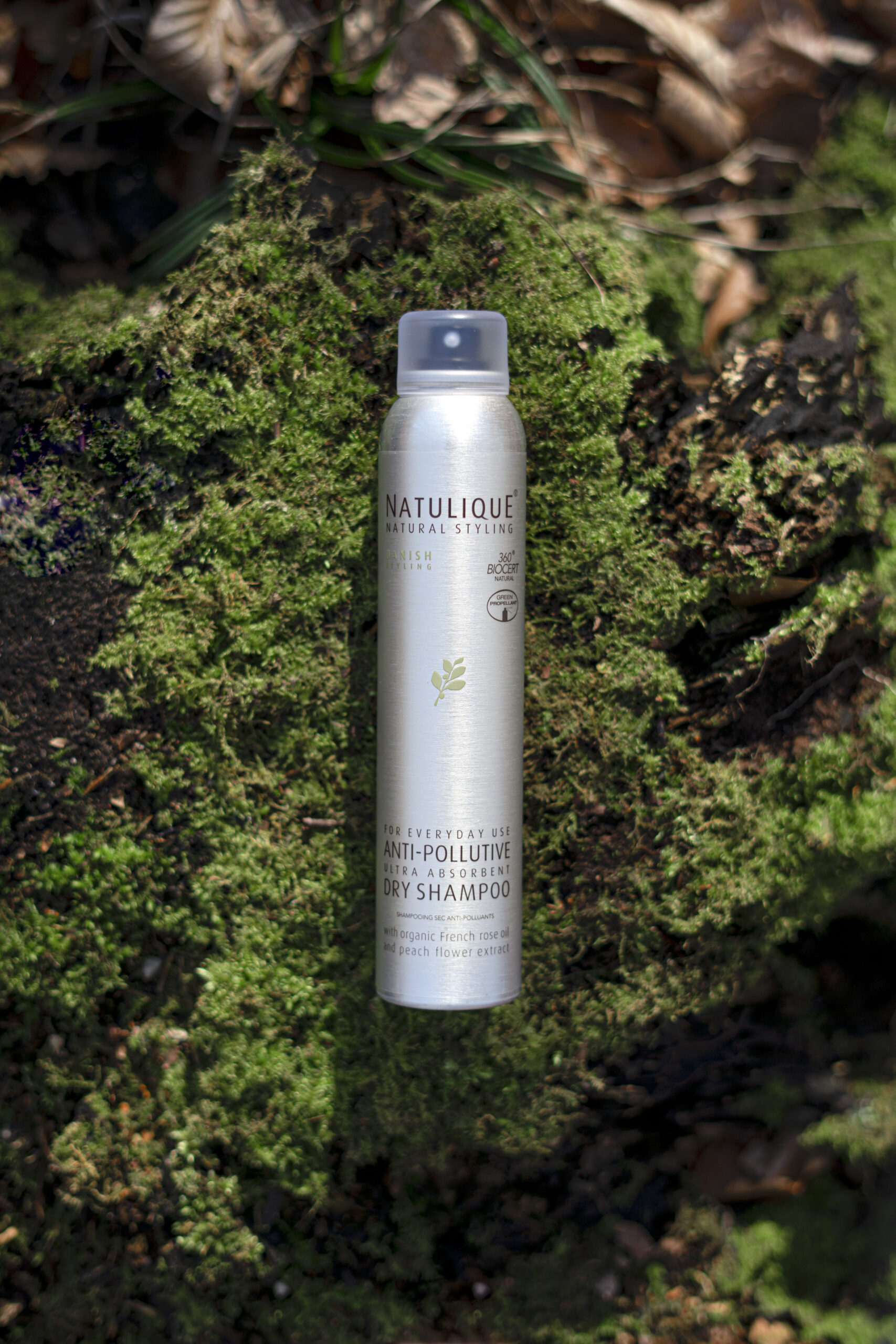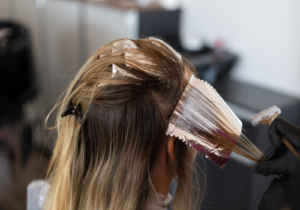If your hair is looking dull, weighed down by product residue or losing its shine, it may be time to incorporate a clarifying shampoo into your hair routine. This type of shampoo has gained popularity for its ability to effectively remove product build-up, dirt and impurities from the hair and scalp. In this article, we'll explore how to effectively use a clarifying shampoo, its benefits, and why it could be a valuable addition to your hair care routine.
Understanding Clarifying Shampoo
What is a clarifying shampoo?
Definition of clarifying shampoo
A clarifying shampoo is specially formulated to deeply cleanse hair. Unlike ordinary shampoos, it has a higher concentration of cleansing agents to remove build-up of styling products, oil, hard water minerals and environmental pollutants.
The difference between a clarifying shampoo and an ordinary shampoo
While an ordinary shampoo is designed for daily use to maintain the hair's general cleanliness, clarifying shampoo acts as a "deep cleanser". It is used less frequently and aims to reset the hair and scalp, ridding them of any build-up that might be choking them.
Why use a clarifying shampoo?
The main benefits of clarifying shampoo
- Waste disposal : Regular shampoos and conditioners sometimes fail to completely remove certain substances left behind by styling products. Clarifying shampoo excels in this task.
- Improved scalp health: It helps prevent itching and scalp irritation by removing excess sebum and impurities.
- Gloss restoration : By eliminating dulling deposits, it restores shine and vitality.
Identify when to use a clarifying shampoo versus a daily shampoo
Ideally, clarifying shampoo is used when you notice that your hair is becoming heavy or flat, or your scalp is showing signs of irritation. In general, it's advisable to use it once a month, but this may vary according to your hair type, the hardness of the water in your area, and how often you use styling products.
How to use Clarifying Shampoo effectively
Step-by-step use of clarifying shampoo
Preparation and application
Before applying a clarifying shampooTo use, make sure your hair is completely wet. This allows the product to distribute better and penetrate hair and scalp effectively. Take a generous amount of shampoo and apply evenly, concentrating on the scalp and massaging gently to stimulate blood circulation and loosen impurities.
Pause and rinse times
After thoroughly scrubbing the scalp, leave the clarifying shampoo on for 3-5 minutes. This pause is crucial to allow the cleansing agents to dissolve persistent build-up. Rinse thoroughly with lukewarm water, taking care to remove any shampoo residue. For optimal rinsing, tilt your head back so that the water flows from root to tip, removing any dissolved substances.
Frequency of use of clarifying shampoo
Tips for regular use
The frequency of use of clarifying shampoo depends on several factors, including hair type, chemical exposure and environment. For most people, monthly use is sufficient to maintain scalp balance and hair health. However, if you use a lot of styling products, or if your water is particularly hard, it may be necessary to clarify your hair every two weeks.
Excessive use warning
Although clarifying shampoo is very effective, excessive use can dry out hair and scalp. It's crucial to observe your hair and note any signs of dryness or irritation. If this is the case, reduce the frequency of use and complement the clarifying treatment with a moisturizing conditioner or nourishing mask to replenish the hair's natural moisture.
See also: How do you achieve even bleaching all over your hair?
Choosing the right Clarifying Shampoo
Factors to consider when buying a clarifying shampoo
Hair type and scalp
To select a clarifying shampoo If you're looking for an adapted formula, it's important to consider your hair type and the condition of your scalp. For example, oily hair will benefit from a stronger formula capable of eliminating excess sebum. On the other hand, if you have dry or damaged hair, opt for a gentle clarifying shampoo that won't further dry out your hair. Sensitive scalps require special care, and it's best to choose products free from harsh sulfates and other irritating ingredients.
Active ingredients
When selecting a clarifying shampoo, pay particular attention to the active ingredients. Agents like sulfates such as sodium lauryl sulfate are often used for their ability to cleanse powerfully, but they can be drying. Conversely, look for beneficial natural ingredients such as citrus extract, clay, or cider vinegar, which can gently clarify while respecting the hair fiber and scalp. It's also advisable to look for products enriched with moisturizing agents such as aloe vera or essential oils to prevent excessive moisture loss.
The best brands of clarifying shampoo
Top 5 best clarifying shampoo brands
- Neutrogena Anti-Residue : A must-have for ridding hair of stubborn build-up without drying it out. This shampoo is known for its visible results after just one use and its affordable price.
- Paul Mitchell Shampoo Three: Particularly appreciated for its ability to remove chlorine residues and hard water from hair. Ideal for swimmers or those living in areas with highly mineralized water.
- Moroccanoil Clarifying Shampoo : Its argan oil-enriched formula provides deep cleansing while rehydrating. Recommended for those looking for a shampoo that won't alter the color of dyed hair.
- Redken Clean Maniac Hair Cleansing Cream : An excellent choice for regular users of styling products. Its gentle formula is suitable for frequent use without compromising scalp health.
- R+Co Oblivion Clarifying Shampoo : Renowned for its gentle clarifying action, this brand offers a product infused with numerous botanical extracts for effective cleansing while preserving the integrity of weakened hair.
Optimizing the Use of Clarifying Shampoo : Frequently Asked Questions and Final Advice
Frequently Asked Questions about Clarifying Shampoo
Why does my scalp itch after using a clarifying shampoo?
A clarifying shampoo may be too harsh for your scalp, especially if it contains strong sulfates. Try to space out your shampoos and choose a product without irritating ingredients.
Is clarifying shampoo suitable for color-treated hair?
Some clarifying shampoos can dull color, especially if they contain strong cleansing agents. Opt for a formula specially designed for color-treated hair to minimize dulling.
Can I use a clarifying shampoo as a scalp exfoliant?
Yes, clarifying shampoo can act as a gentle exfoliant, removing residue and product build-up. However, it should not replace a specific scalp scrub.
Does clarifying shampoo lather less than ordinary shampoo?
It depends on the formula. Sulfate-free shampoos tend to foam less, while those containing sulfates tend to foam more abundantly.
What's the best way to store my clarifying shampoo?
Keep Clarifying Shampoo in a cool, dry place, away from humidity and direct sunlight. This helps preserve its formula and effectiveness.
Tips to maximize the benefits of Clarifying Shampoo
Use of complementary products
To maximize the effect of clarifying shampoo, consider using complementary products such as moisturizing conditioners or nourishing hair masks. These products help restore hair's moisture and softness after intensive cleansing.
Rebalancing your hair routine
After using a clarifying shampoo, it's often necessary to readjust your hair routine to avoid drying out. Incorporate moisturizing products and use a thermal protector if you regularly apply heat to your hair.
Personalized follow-up based on your needs
Everyone's hair needs are different. Carefully observing how your hair reacts after using a clarifying shampoo can guide you on how often to use it to maintain a healthy scalp and shiny hair.





